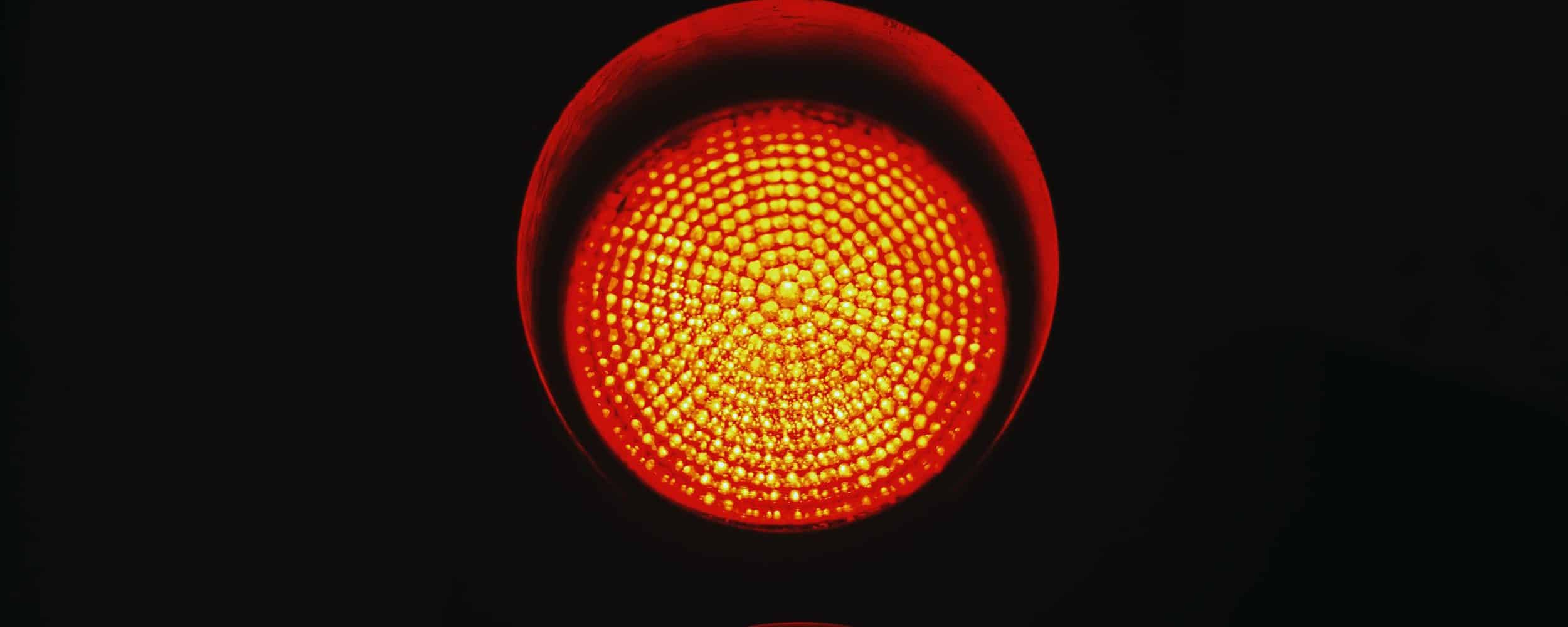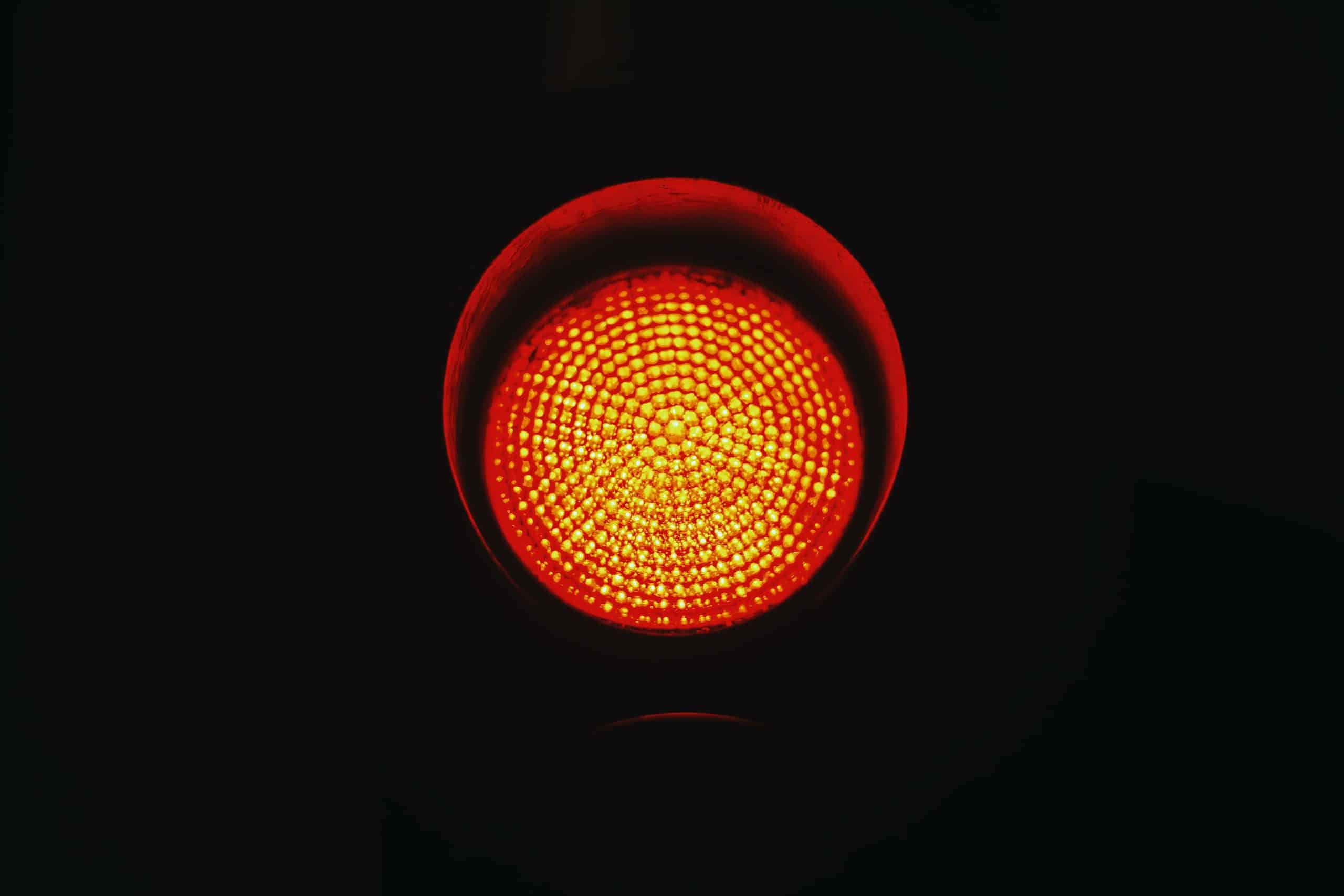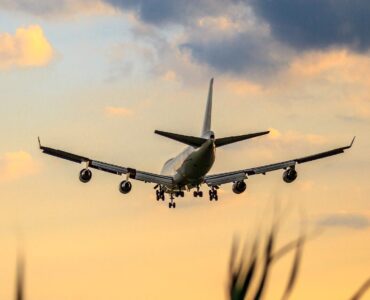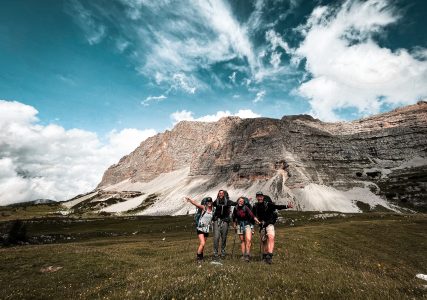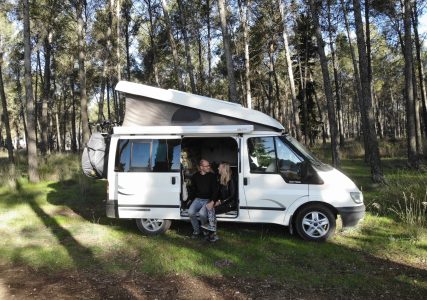Traveling is great; you meet new people, experience special cultures and see the most beautiful landscapes. Unfortunately, there are also some downsides to traveling, for example if you get sick, are very homesick, get sunstroke or are bitten by insects. That can really mess up your trip! Besides altitude sickness, we have had or experienced all these unwanted souvenirs before. So we speak from experience. In this blog we share valuable tips and advice so that you are well prepared and can fully enjoy your trip.
1. Jet lag
We'll start with a common phenomenon that occurs when you quickly travel to a different time zone. You especially notice this when flying to distant countries. You become confused both mentally and physically, your internal biological clock is disrupted. Understandable, because it is quite unnatural to travel so fast. Common symptoms of jet lag include fatigue, insomnia, difficulty concentrating and disorientation. To minimize jet lag and quickly adapt to the new time zone, here are some useful tips:
- Adjust your daily routine and sleep schedule to the rhythm of your travel destination.
- Avoid caffeine and alcohol, especially before bedtime.
- Spend a lot of time outdoors and in the sunlight (at your new destination).
- Drink enough water to prevent dehydration and recover faster.
- Are you very tired? Then take a short nap of up to 30 minutes.
- Trying to fall asleep without medication. These types of medicines disrupt your biorhythm.
- Give yourself the time and space to recover and get used to the new circumstances.
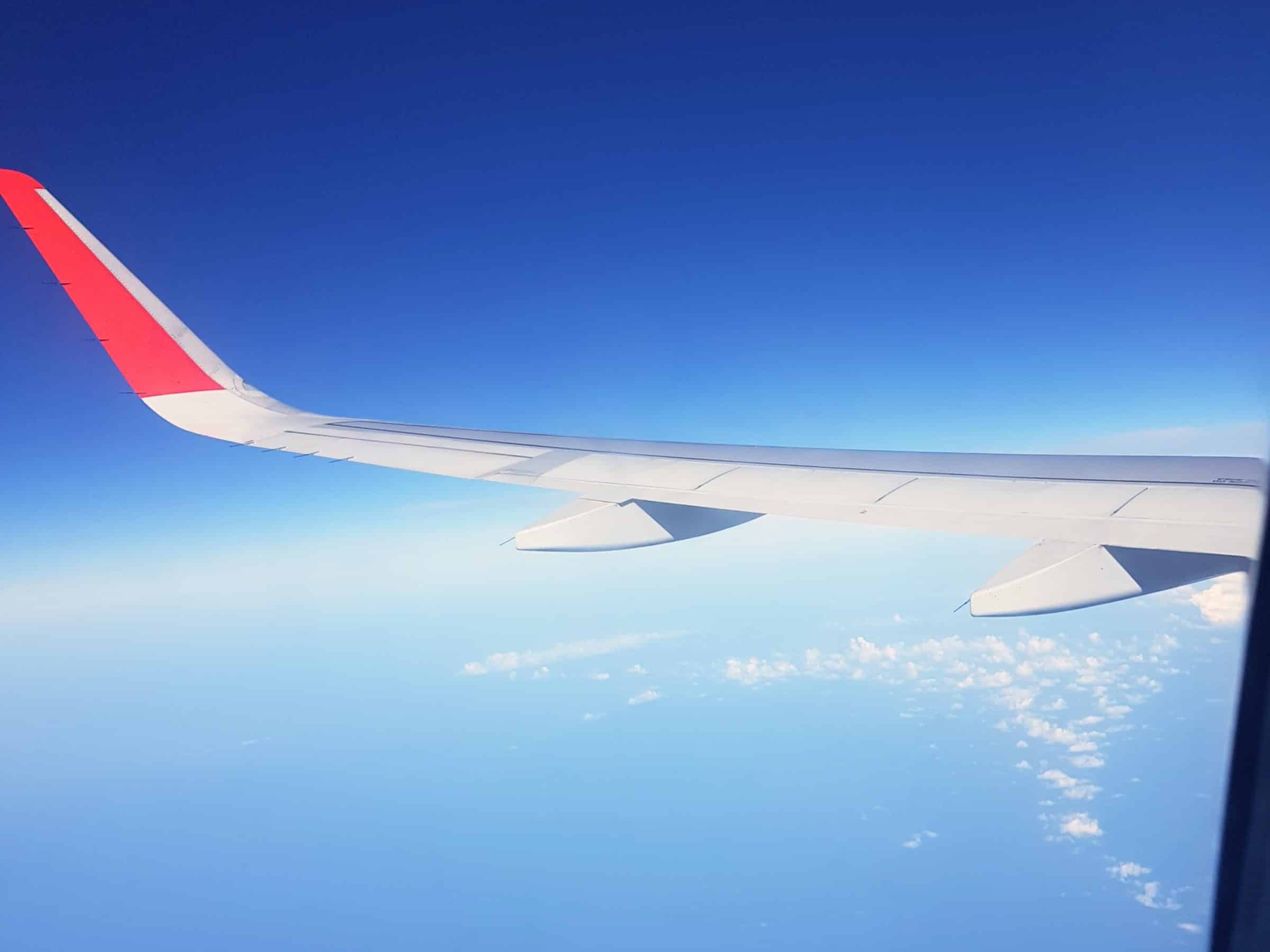
Also read: Sleeping on the plane | Expert tips
2. Homesick
You think you are enjoying your trip, but you are suddenly overcome by homesickness. You miss your familiar surroundings, friends & family and long to return home. Although it is normal to feel homesick from time to time, in a severe form it can affect your enjoyment and experience of your trip. That is very annoying! For most travelers, homesickness starts after a few weeks, but for others it starts after a few days. With these tips you can overcome your homesickness and enjoy traveling to the fullest:
- Give yourself time to get used to the new environment.
- Contact friends and family regularly.
- Make new friends, this will help reduce your feeling of loneliness.
- Keep a travel diary to process your experiences and emotions.
- Do activities you enjoy and focus on the positive things.
- Bring something from home that makes you feel comfortable.
- Stay realistic, it is normal to experience ups and downs while traveling.
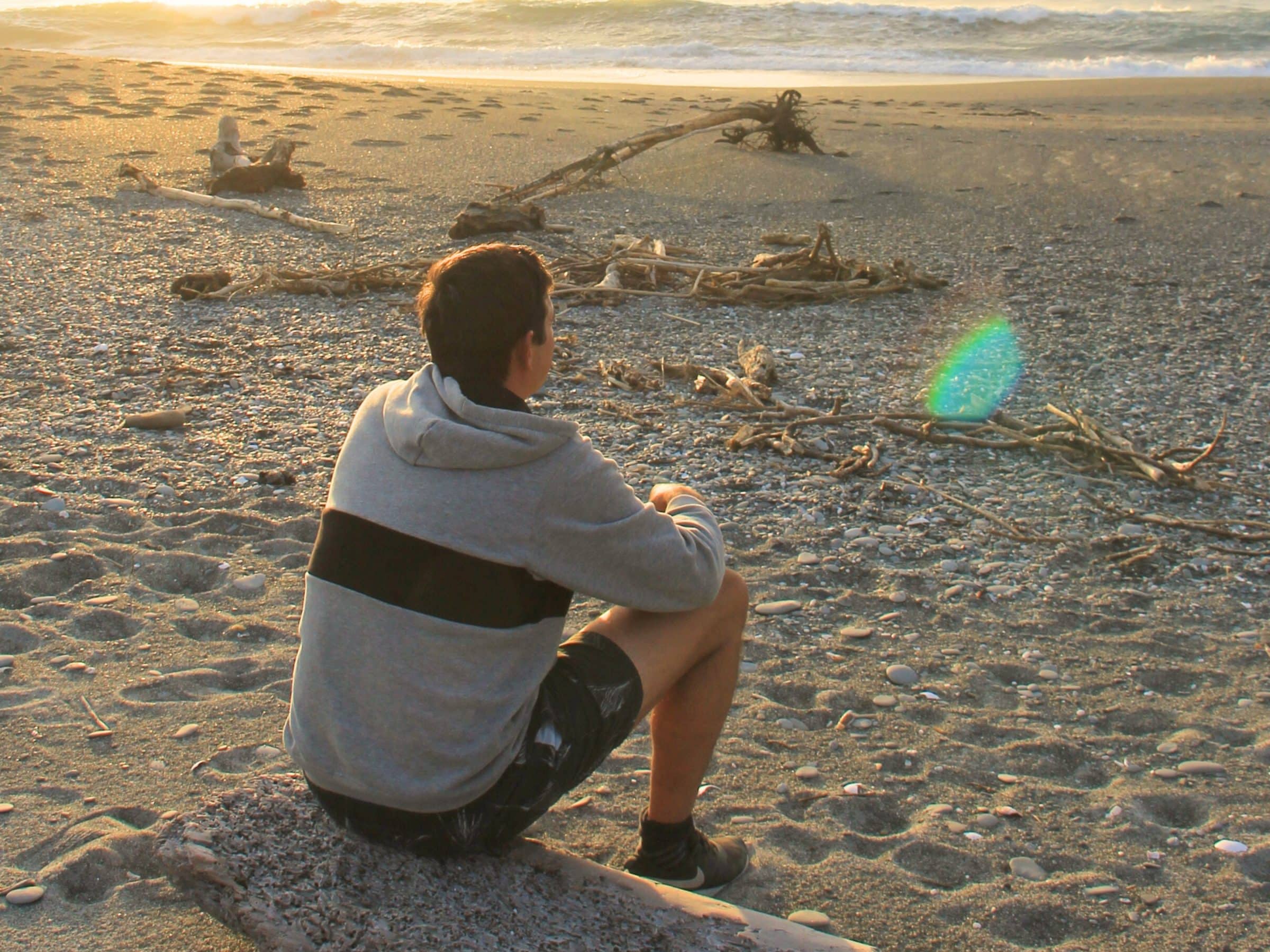
Also read: What does long-term travel do to your mental health?
If you suffer from homesickness at the beginning of your trip, try to persevere for a while. It is usually a temporary feeling that disappears on its own, especially if you do a lot of fun things. Stay open to new experiences and give yourself the opportunity to grow and enjoy your journey.
3. Heatstroke/burn
We often go on holiday because of the nice weather; chilling on the beach, reading a book by the pool or walking in nature. Although the sun has a positive influence on your mood, the powerful UV rays are less good for you. Dehydration, sunburn or sunstroke are lurking and you often don't even notice it. Especially in countries close to the equator, such as Ecuador, Malaysia, Indonesia, Kenya en Brazil, you should not underestimate the power of the sun.
Both sunburn and heatstroke are health problems caused by excessive exposure to sunlight and heat. The 'damage' builds up slowly, causing different symptoms and levels of burning. Burned skin happens to everyone sometimes and is easy to recognize by the redness, pain, swelling and sometimes even blisters. This can often be prevented. Regularly apply a high SPF, wear protective clothing, seek shade more often and avoid the hottest hours of the day (usually between 10.00 a.m. and 16.00 p.m.). Still burned? Cool your skin with a natural cream such as Aloe Vera.
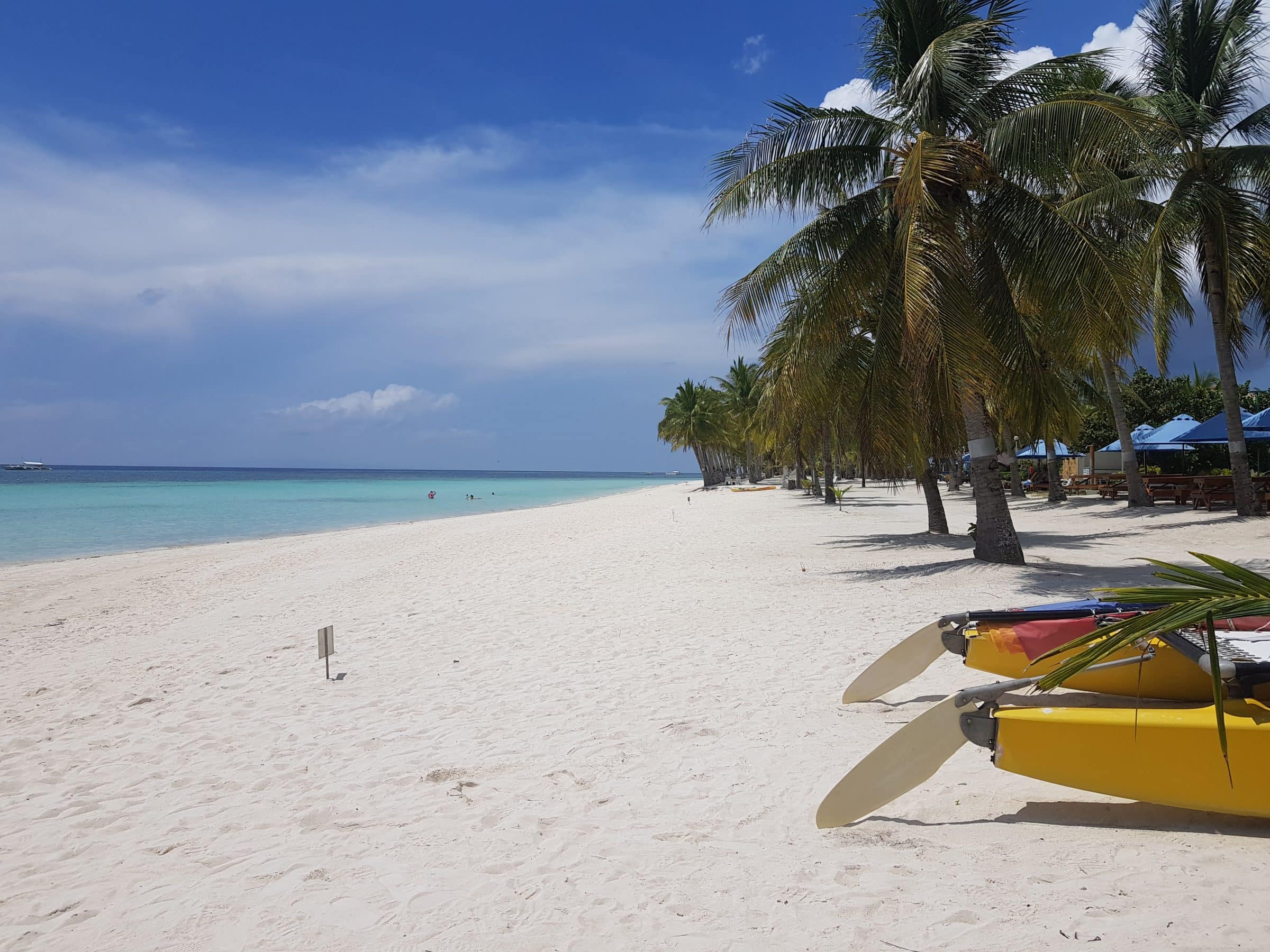
What is heat stroke?
Heat stroke is the result of high temperatures and a lack of hydration. For example, if you are going to climb a mountain in the heat and you do not have enough water with you. Your body cannot cool down fast enough and overheats. You get a headache, become dizzy, your heart starts beating faster and in severe cases you can even become unconscious. Unfortunately, heatstroke is often not taken very seriously, but it can have serious consequences for your health. Do you think you are suffering from sunstroke? Then immediately seek the shade and cool your body with cool drinks (no beer of course) or wet towels.
4. Stuffy nose or sinus headache
Intense temperature changes can cause a cold, headache or inflamed sinuses. This often occurs if the air conditioning in your hotel room is set to a low temperature (for example 16 degrees) and the outside temperature is above 30 degrees. Your body cannot adapt quickly enough to the sudden temperature change.
Follow the tips below to prevent this:
- Bring a sweater or cardigan if you often sit in rooms with air conditioning.
- Choose rooms with a fan or turn off the air conditioning when you go to sleep.
- If you have a rental car, leave the air conditioning off and open the windows.
- Strengthen your immune system: eat healthy, exercise regularly, drink plenty of water and get enough sleep.
You can also catch a cold if there are changes in air pressure. Think of the take-off and landing of an airplane, height differences in the mountains or while diving. This change in pressure causes air to expand in our cavities, such as the sinuses and middle ear. You usually feel this pressure in the form of sore ears, headaches or a cold. On the plane it helps to chew gum or swallow regularly, this equalizes the pressure in the middle ear. If this does not help, try nasal drops or nasal spray (saline solutions).
5. Traveler's diarrhea
Traveler's diarrhea, also known as 'Bali Belly', 'Delhi belly' or the 'Curse of the Pharaoh', is a digestive infection caused by bacteria, viruses or parasites. Common symptoms include abdominal pain, diarrhea, nausea, vomiting, fever and fatigue. You can contract it through poor hygiene, eating contaminated food or swallowing contaminated water. The bacterium E. coli is usually the culprit (faecal bacteria). In some countries, hygiene requirements are a lot less strict than in other countries The Netherlands. The local people are used to that, but you as a tourist are not. Your body wants to get rid of this bacteria as quickly as possible. Many people in the following countries suffer from traveler's diarrhea:
- India
- Egypt
- Indonesia
- Mexico
- Thailand
- Peru

Also read: Eat safe street food during your World Trip | 11 Tips
Prevent traveler's diarrhea
Although you have a higher risk of getting sick in these countries, you can get traveler's diarrhea anywhere in the world, including in developed countries. Do you want to prevent this? Then only drink bottled water, avoid food washed with tap water and wash your hands regularly (especially before eating). Sometimes you still get sick, despite following all precautions. If you contract an infection, it may take several days to get rid of it. Are you traveling around? Then stay in one place temporarily until you get better. Does it last longer than a week or do the symptoms worsen? Then seek medical help. In the meantime, continue to drink enough and eat easily digestible meals such as a banana, rice or broth. Fresh ginger tea helps with nausea.
6. Insect bites
Insects are everywhere, even at your holiday destination. And while most creepy crawlers will leave you alone, there are some that are out for your blood, like mosquitoes and bed bugs. It may also happen that you come into contact with poisonous spiders, aggressive wasps or leeches. In most cases, an insect bite or sting will go away on its own, but in the meantime you will suffer from severe itching, swelling and discomfort. Of course you would prefer to avoid that! Our tips:
- Use insect repellents. It is best to buy these in the country itself.
- Wear light clothing that covers your skin, especially during sunrise and sunset.
- Take your own mosquito net with you on holiday.
- Always check your accommodation when you move in.
- Do not open windows without mosquito screens.
- Bring a flashlight or headlamp for the evenings.

Also read: Travel and Malaria | Everything you need to know about malaria pills
7. Altitude sickness
Altitude sickness or mountain sickness is common among travelers who walk at a rapid pace to an altitude above 2500 meters. Of course you want to see that breathtaking view as quickly as possible, but your body needs time to get used to the altitude and lower oxygen levels. You can recognize altitude sickness by symptoms such as headache, nausea, shortness of breath and dizziness. Anyone can get it, regardless of age or fitness level. Minimize the risk of altitude sickness with these tips:
- Take your time to climb the mountain.
- Rest well and don't exert yourself too much.
- There it is again: drink lots of water.
- Avoid alcohol and caffeine.
- Listen to your body. If it doesn't feel right, go back.
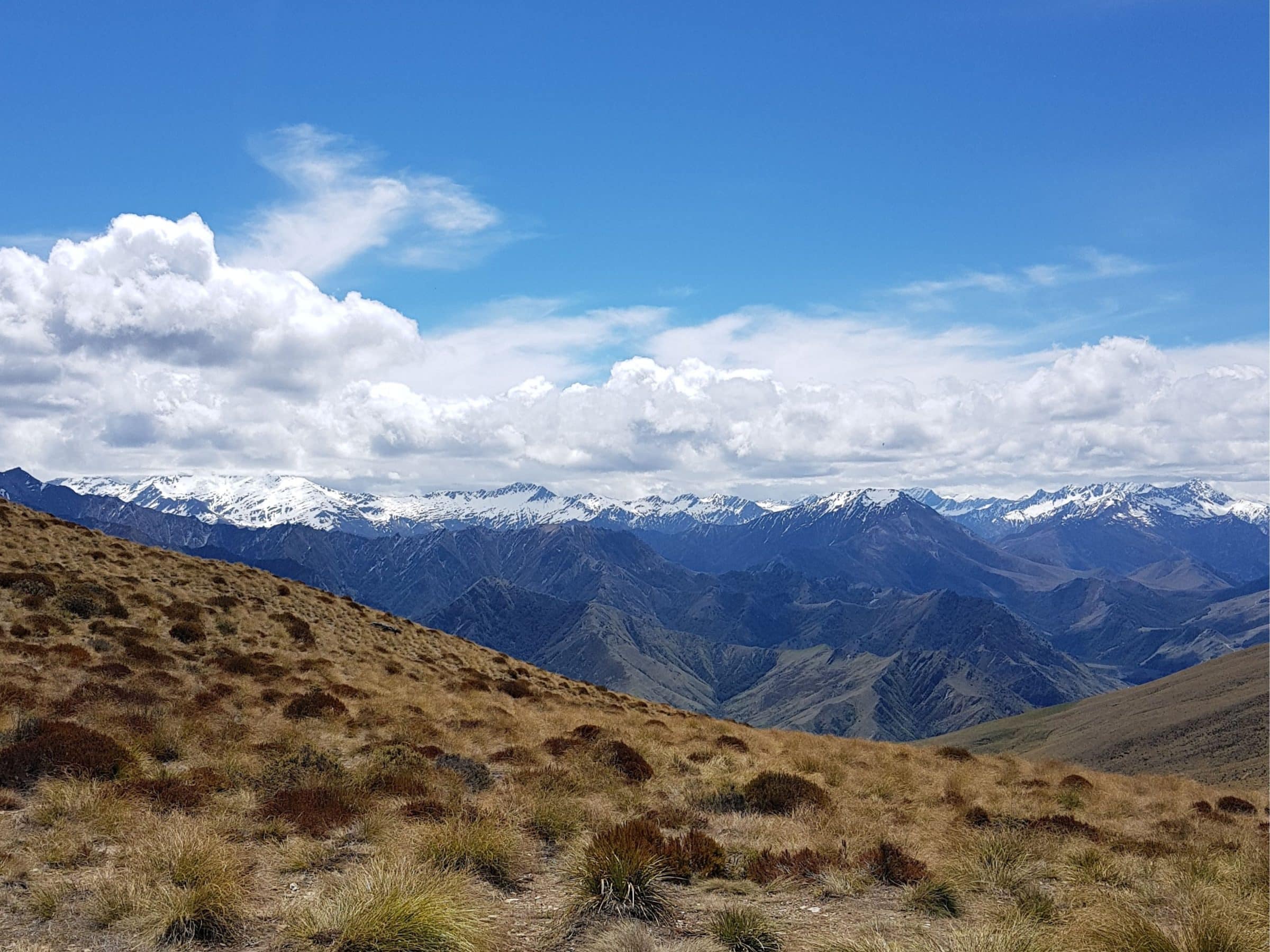
Where and when do you get altitude sickness?
Are you planning a trip to the roof of the world, the Himalayan region (Nepal, Bhutan and NorthernIndia), Tibet, the Andes Mountains (Peru, Bolivia en Ecuador) or the Rocky Mountains (North America), then you may suffer from altitude sickness. Famous climbs are the inca trail to Machu Picchu and the Mount Everest Base Camp trek.
If you get symptoms of altitude sickness, stay at the same altitude a little longer. If this does not help, there is no other option than to descend again to a longer altitude. That's a shame, but your health is more important, right? Fortunately, most people do not suffer from altitude sickness at altitudes between 2500 and 3500 meters. About 25% experience mild complaints. The higher you climb, the greater the risk of altitude sickness. Make sure you are well informed in advance so that you know what you are getting into and can enjoy the climb and the view.
Also read: Vaccinations for a World Trip | Everything you need to know


